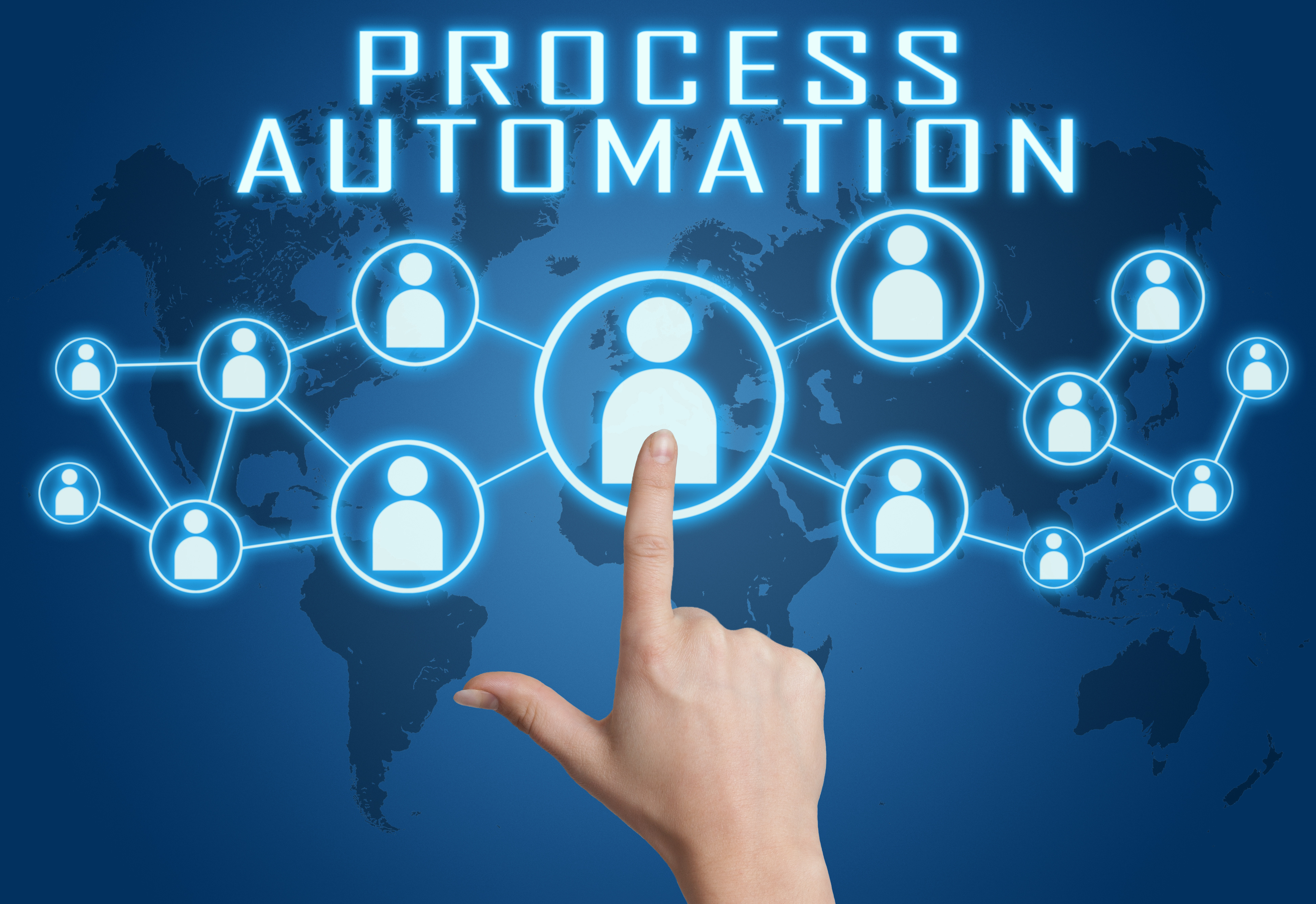Comprehensive Guide to Enterprise IT Service Automation
IT support automation uses software workflows, rule engines, AI/ML, and integrations to automate...
The military is well known for its reliance on paperwork, with warfighters having to submit forms for everything from mission planning to supply requests. These paper-based...

The military is well known for its reliance on paperwork, with warfighters having to submit forms for everything from mission planning to supply requests. These paper-based processes can be slow and cumbersome, causing delays and errors that have serious consequences and repercussions.
In a speech delivered in January 2020, General John Hyten spoke of his challenge: “…my second priority is to do everything I can to insert speed into the processes inside the Pentagon. And that’s going to be a difficult challenge, because we have built processes over the years that, by design, are not built for speed.”
This is where form automation comes in. By digitizing and converting traditional paper processes into online workflows, the military is able to speed up decision-making and task management, leading to greater efficiency and productivity for the warfighter. In this post, we’ll explore how automated workflows are transforming military task management, eliminating paper, delays, and drudgery for the warfighter.
Paper-based processes have been a longstanding tradition in the military, but they also present a variety of challenges:
Each of these challenges can have serious consequences, such as delays in mission planning or inaccuracies in supply requests. So how can automated workflows address these challenges and revolutionize military task management?
Automated workflows use software that streamlines and automates repetitive or high volume tasks. In the military, automated processes are replacing traditional paper-based processes, speeding up decision-making and improving accuracy. For example, instead of filling out a paper form, a warfighter can submit a request through an online portal, which is automatically routed to the appropriate approver, who can then review and approve the request electronically.
This process can be completed in a fraction of the time it would take using traditional paper-based processes. It reduces errors and provides complete visibility to everyone involved.

Automated processes are also being used to manage more complex tasks such as mission planning. By automating the collection and analysis of data, these processes help warfighters make better- informed decisions and reduce the risk of errors. For example, an automated process can be used to gather inputs to analyze weather data and other factors to determine the optimal time and route for a mission. This helps warfighters plan more effectively and lower the risk of exposure to hazardous conditions.
Automated processes offer several benefits in military task management, including increased speed and efficiency, improved accuracy, and enhanced visibility into
the status of tasks. By automating repetitive or high volume tasks, warfighters can focus on more strategic and complex tasks, ultimately improving mission success.
Overall, automated processes are transforming military task management by increasing speed and efficiency, improving accuracy, and providing enhanced visibility into the status of tasks. In the next section, let’s look at specific use cases of automated processes in the military.
Document workflow automation processes have a wide range of applications in the military, from supply chain management to mundane administrative tasks like leave requests, approvals for access to data or software programs, and onboarding warfighters. The military has thousands of forms across different branches, but the lack of standards makes the process cumbersome and time-consuming. Here are some additional specific use cases for automated processes in the military:
Overall, automated processes are transforming military task management by reducing the time and resources required to complete tasks, improving accuracy and consistency, and enabling warfighters to make more informed decisions. While automation can provide quick, accurate, and visible results, it requires a strong platform to ensure it works reliably and securely.
To learn how Kinetic Data can help reduce administrative burden by automating processes in the military, contact us today. Our secure, integrated platform was engineered to accommodate warfighter needs — both now and in the future — so you can rest assured that your data remains protected. Our proven track record of successful implementations and unrivaled customer satisfaction places us as one of the most capable service providers today. Let us know how we can support your mission!

IT support automation uses software workflows, rule engines, AI/ML, and integrations to automate...

Business process reimagined is the strategic renewal of how work gets done by combining modern digital...

You've probably noticed (what we're calling) the "logo-swap test" lately: all the AI ads in market sound...